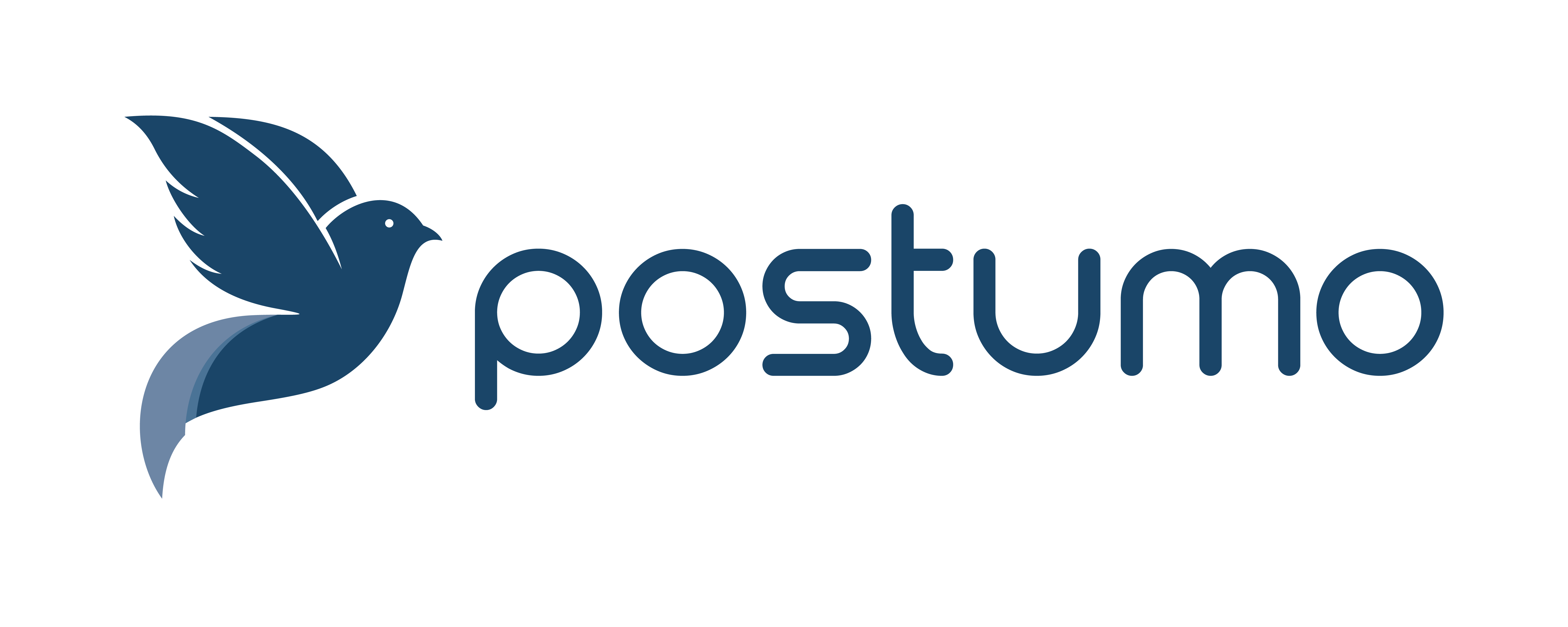Get our newsletter
Life is unpredictable, and it's essential to be prepared for all eventualities, including the end of your own life. Failing to plan ahead can have devastating consequences for you and your loved ones.
Get our tips now
I would like to access detailed information on death formalities.
Life is unpredictable, and it's essential to be prepared for all eventualities, including the end of your own life. Failing to plan ahead can have devastating consequences for you and your loved ones.
Get our tips now
Anticipate your life data to simplify the death process.
Vous êtes plus de 10 000 à nous rendre visite ici tous les mois, merci !


When a loved one dies, those close to them have to deal with a host of administrative formalities that can be complex and difficult to manage.
Claimants often don't know who to contact to take these steps, or how to go about it.
That's why we offer a personalized service and share with you the list of organizations to notify in the event of death.
After a death, it's essential to take care of all the formalities with the various organizations to be notified in the event of death, to avoid problems later on.
We explain everything you need to know about managing formalities after death, why it's important and the list of organizations to notify in the event of death.
This is just one of the many steps required after a death.

It's important to contact all the organizations that need to be notified in the event of death, in order to manage the formalities. Each organization has its own specific procedures to follow and documents to provide.
Failure to contact an organization can lead to delays in processing formalities, or even penalties if certain steps are omitted.
So, it's crucial to make sure you contact all the organizations involved to avoid any inconvenience.
Postumo can help you get started.
Managing the formalities following the death of a loved one can be complex, requiring you to contact all the organizations that need to be notified in the event of death, keep track of administrative schedules, and draw up an inventory of the formalities required to complete the various procedures.
It is necessary to gather all the documents needed to manage administrative procedures..

Each post-death formality is specific and requires different documents. It is therefore essential to know all the steps to follow to avoid any delays or errors.The administrative formalities to be completed in the event of death vary according to the situation of the deceased. Among the organizations to notify in the event of death are :
Declare the death and obtain authorization to close the coffin;
Obtain a pass to transport the body to another commune or abroad
Requesting payment of survivor's pension;
Obtaining reimbursement of medical expenses:
Each post-death formality is specific and requires different documents. It is therefore essential to know all the steps to follow to avoid any delays or errors. The administrative procedures to be followed in the event of death vary according to the deceased's situation. The documents and procedures listed here are intended to provide you with the best possible support without having to know the deceased's life story. Each person is unique, so this information is not exhaustive, but is intended to help you understand the formalities following a death.
Among the organizations to notify in the event of death are :
Block bank accounts and close current contracts:
To regularize the tax situation of the deceased and their heirs. Depending on the deceased's situation, other organizations may need to be contacted in the event of death (for example, the military service for a veteran).
Drawing up a declaration of inheritance and dividing up the deceased's assets;
Organizing a funeral:

It takes several weeks, even months to finalize all death-related procedures.
In addition, apart from contacting the organizations to be notified in the event of death, most beneficiaries don't always know how to fill in the forms, what documents to provide or how to proceed for each step.
These documents are personalized and come with the CERFA forms (when offered by the organization). Some procedures can be done online via the web link we provide.
These documents are personalized and are accompanied by CERFA forms (when offered by the organization). Some procedures can be carried out online via the internet link we provide.
In addition to identifying the organizations to notify in the event of death and individualizing the procedures, we offer other services to support loved ones during this difficult period:
Postumo
postumo.fr
July 22, 2024
Compliance status
We firmly believe that the Internet should be available and accessible to everyone, and we are committed to providing a website that is accessible to the widest possible audience, whatever their circumstances and abilities.
To this end, we aim to comply as far as possible with the World Wide Web Consortium's (W3C) Web Content Accessibility Guidelines 2.1 (WCAG 2.1) at AA level. These guidelines explain how to make web content accessible to people with a wide range of disabilities. Compliance with these guidelines helps us to ensure that the website is accessible to all: blind people, people with motor impairments, visual impairments, cognitive impairments, and more.
This website uses various technologies to make it as accessible as possible at all times. We use an accessibility interface that enables people with specific disabilities to adjust the website's user interface (UI) and design it to suit their personal needs.
In addition, the website uses an AI-based application that runs in the background and constantly optimizes its level of accessibility. This application corrects the website's HTML, adapting its functionality and behavior for screen readers used by blind users, and for keyboard functions used by people with motor impairments.
If you've found a malfunction or have ideas for improvement, we'd love to hear from you. You can contact the website operators using the following e-mail address: contact@postumo.fr
Our website implements the ARIA (Accessible Rich Internet Applications) attribute technique, in addition to various behavioral changes, to ensure that blind users who visit the site with a screen reader can read, understand and enjoy the website's functions. As soon as a user with a screen reader enters your site, they are immediately prompted to enter the screen reader profile so they can navigate and use your site effectively. Here's how our website covers some of the most important requirements for screen readers, accompanied by screenshots of console code:
Optimization for screen readers: we run a background process that learns website components from top to bottom, to ensure continued compliance even when the website is updated. In this process, we provide screen readers with meaningful data using the ARIA attribute set. For example, we provide precise form labels; descriptions for actionable icons (social media icons, search icons, shopping cart icons, etc.); validation hints for form entries; roles for elements such as buttons, menus, modal dialogs (popups), and more. In addition, the background process scans all images on the website and provides an accurate and meaningful description based on object recognition as an ALT tag (alternative text) for images that are not described. It also extracts text embedded in the image, using OCR (optical character recognition) technology. To activate screen reader adjustments at any time, users simply press the Alt+1 key combination. Screen reader users also receive automatic announcements to activate screen reader mode as soon as they enter the website.
These adjustments are compatible with all popular screen readers, including JAWS and NVDA.
Keyboard navigation optimization: the background process also adjusts the website's HTML and adds various behaviors using JavaScript code to make the website keyboard-friendly. This includes the ability to navigate the website using the Tab and Shift+Tab keys, to operate drop-down menus using the arrow keys, to close them using Esc, to trigger buttons and links using the Enter key, to navigate between radio items and checkboxes using the arrow keys, and to fill them in using the spacebar or Enter key. In addition, keyboard users will find quick navigation menus and content skip menus, available at any time by clicking Alt+1, or as the first elements of the site when navigating with the keyboard. The background process also handles triggered popups by moving the keyboard focus towards them as soon as they appear, and does not allow the focus to drift away from them.
Users can also use shortcuts such as "M" (menus), "H" (titles), "F" (forms), "B" (buttons) and "G" (graphics) to jump to specific elements.
Epilepsy-safe mode: this profile enables people with epilepsy to use the site in complete safety, eliminating the risk of seizures caused by flashing animations or dangerous color combinations.
Visually impaired mode: this mode adjusts the site for the comfort of users with visual disorders such as impaired vision, reduced visual field, cataracts, glaucoma, etc.
Cognitive impairment mode: this mode offers various assistance options to help users with cognitive impairments such as dyslexia, autism, stroke and others to concentrate more easily on the essential elements of the site.
Hyperactivity-friendly mode (ADHD): this mode helps users with ADHD and neurodevelopmental disorders to read, navigate and concentrate more easily on the main elements of the site, while considerably reducing distractions.
Blind mode: this mode configures the site to be compatible with screen readers such as JAWS, NVDA, VoiceOver and TalkBack. A screen reader is software for blind users installed on computers and smartphones, and websites must be compatible with this software.
Keyboard navigation profile (people with reduced mobility): this profile enables people with reduced mobility to use the site using the Tab, Shift+Tab, and Enter keys. Users can also use shortcuts such as "M" (menus), "H" (titles), "F" (forms), "B" (buttons), and "G" (graphics) to jump to specific elements.
Font adjustments: users can increase and decrease font size, change font family (type), adjust spacing, alignment, line spacing and more.
Color adjustments: users can choose different color contrast profiles such as light, dark, inverted and monochrome. In addition, users can swap color schemes for titles, text and backgrounds, with over 7 different coloring options.
Animations: epileptic users can stop all animations in progress with a single click. Interface-controlled animations include videos, GIFs and flashing CSS transitions.
Content highlighting: users can choose to highlight important elements such as links and titles. They can also choose to highlight only those elements on which the pointer is placed or which are in focus.
Mute audio: users with hearing aids may experience headaches or other problems due to automatic audio playback. This option allows users to mute the entire site instantly.
Cognitive disorders: we use a search engine linked to Wikipedia and Wiktionary, enabling people with cognitive disorders to decipher the meanings of phrases, initials, slang and more.
Additional functions: we offer users the option of changing cursor color and size, using a print mode, activating a virtual keyboard, and many other functions.
Browser and assistive technology compatibility
We aim to support the widest possible range of browsers and assistive technologies, so that our users can choose the tools best suited to their needs, with as few limitations as possible. As a result, we've worked very hard to support all the major systems that account for over 95% of user market share, including Google Chrome, Mozilla Firefox, Apple Safari, Opera and Microsoft Edge, JAWS and NVDA (screen readers), for both Windows and MAC users.
Despite all our efforts to enable everyone to adjust the site to their needs, there may still be pages or sections that are not fully accessible, that are in the process of becoming so, or that lack an adequate technological solution to make them accessible. Nevertheless, we are continually improving our accessibility, adding, updating and enhancing options and features, and developing and adopting new technologies. All this is aimed at achieving the optimum level of accessibility, keeping pace with technological advances. For assistance, please contact contact@postumo.fr






